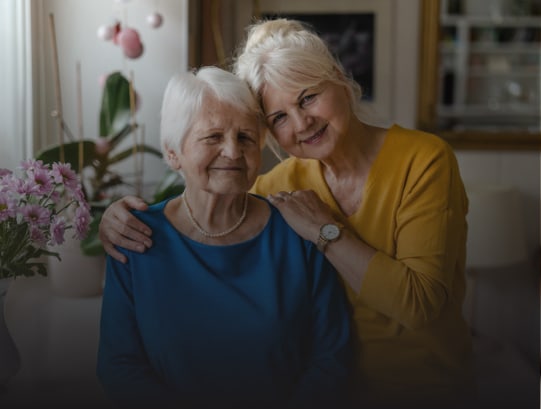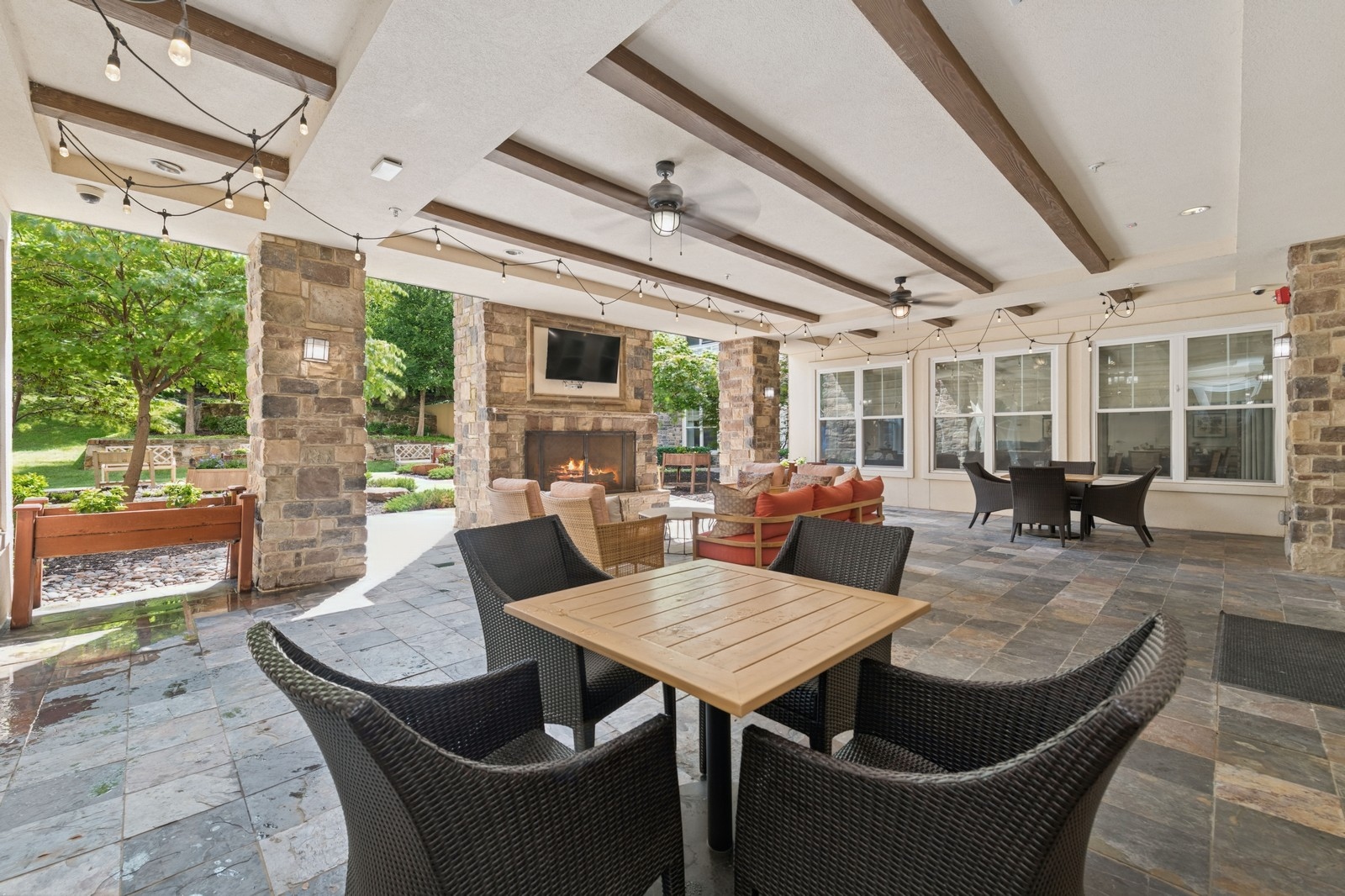Aging is a beautiful, natural part of life. But it also brings new challenges and concerns. Aging in place while preserving independence can be a delicate balance for older adults and their families. Many older adults can also consider senior communities that offer independent living lifestyles.
Whether you’re a caregiver for others, or considering life transitions for yourself, understanding how to maintain safety and independence is crucial. An independent living checklist for staying safe while aging can include:
- Safe and accessible spaces in the home
- Strategies to support overall well-being
- Financial planning
- Social engagement and community involvement
What Is Independent Living?
Independent living allows older adults to maintain their lifestyle, make choices, and live comfortably without relying heavily on others. It emphasizes autonomy, dignity, and engagement in daily activities. Understanding independent living can help adult children and family members appreciate the importance of creating a safe and supportive environment for their loved ones.
The Need for an Independent Living Checklist
Aging presents unique challenges, such as facing mobility issues, cognitive decline, or health concerns that make everyday tasks more difficult. Families often worry about their loved one’s safety and well-being. A proactive approach to senior living can alleviate these concerns.
Creating an independent living checklist for older adults helps identify potential risks and implement solutions before they become problems. This list looks at the safety of aging adults, provides peace of mind for their families, and encourages a thoughtful, organized approach to addressing the multifaceted needs of loved ones as they age.
Components of the Senior Independent Living Checklist
Several components on the checklist help assess the risks and concerns for staying safe while aging in place.
Safety & Security in the Home
Safety is paramount in independent living. Making living spaces safe and accessible reduces the risk of accidents and promotes confidence in performing daily activities. Consider the following home safety measures:
- Fall prevention: Install grab bars in bathrooms, secure loose rugs, and provide adequate lighting to prevent falls.
- Emergency preparedness: Keep emergency contacts and medical information easily accessible. Consider medical alert systems for added security.
- Accessibility: Arrange furniture to allow easy movement, install ramps if needed, and keep frequently used items within reach.
Practical tips to help maintain safety can include:
- Daily routine checks: Establish a routine that includes checking safety features like locks, alarms, and emergency devices.
- Safe walking paths: Ensuring outdoor walkways are clear of debris and well-lit to prevent accidents.
- Technology use: Familiarize older adults with smart devices, highlighting features like emergency contacts and GPS tracking.
Health & Wellness
Maintaining physical and mental health is essential for a fulfilling senior life. Implementing strategies to support overall well-being can significantly enhance quality of life. Consider the following:
- Regular check-ups: Schedule routine medical appointments to monitor health conditions and address concerns promptly.
- Nutrition: Eat a balanced diet rich in essential nutrients. Consider meal planning or delivery services to maintain consistent, healthy eating habits.
- Mental health: Engage in activities that keep the mind active, such as puzzles, reading, or learning new skills. Don’t hesitate to seek professional help if needed.
Practical tips to help maintain health and wellness can include:
- Exercise programs: Encourage regular physical activity tailored to individual abilities, such as walking, swimming, or yoga.
- Medication management: Use pill organizers and set reminders to help older adults take medications correctly.
- Mental stimulation: Introduce hobbies that challenge the mind and keep it active, such as painting, gardening, or playing musical instruments.
Financial Planning
Managing finances in retirement requires careful planning and organization. Financial security contributes to a stress-free and independent lifestyle. Consider the following:
- Budgeting: Create a sustainable budget that covers daily expenses, healthcare, and leisure activities.
- Savings and investments: Review savings and investment portfolios regularly to check if they align with current and future needs.
- Estate planning: Prepare or update wills, trusts, and other legal documents to protect assets and provide clear instructions for loved ones.
Practical tips to aid financial planning can include:
- Automatic payments: Set up automatic bill payments to avoid missed deadlines and additional stress.
- Financial advisors: Consult with financial advisors to optimize retirement income and investment strategies.
- Insurance policy review: Regularly review insurance policies for adequate coverage for health, home, and other essentials.
Social Engagement
Staying connected and involved in the community is vital for emotional and mental well-being. Social engagement helps older adults feel valued and reduces feelings of isolation. Consider the following:
- Community activities: Participate in local clubs, classes, or events to foster connections and enjoy social interactions.
- Volunteering: Offer time and skills to local organizations.
- Staying in touch: Utilize technology to maintain communication with family and friends, whether through video calls, social media, or email.
Practical tips to encourage social engagement can include:
- Schedule regular outings such as trips to parks, museums, or restaurants to break the monotony and enjoy new experiences.
- Join support groups for older adults to share experiences, get advice, and build a supportive network.
- Enroll in online courses or attend workshops to continue personal growth and education.
Independent Living in Senior Communities
Creating a senior independent living checklist is a proactive step toward maintaining safety, health, and quality of life for aging adults. Addressing areas like home safety, health, finances, and social engagement, can help older adults maintain their independence and enjoy a fulfilling lifestyle. Taking these steps benefits them and provides peace of mind for their families.
For those looking to explore independent living further, consider the benefits of senior living communities. Schedule a tour with Washington Pointe Las Colinas to see our community, amenities, and services catered to independent living.









